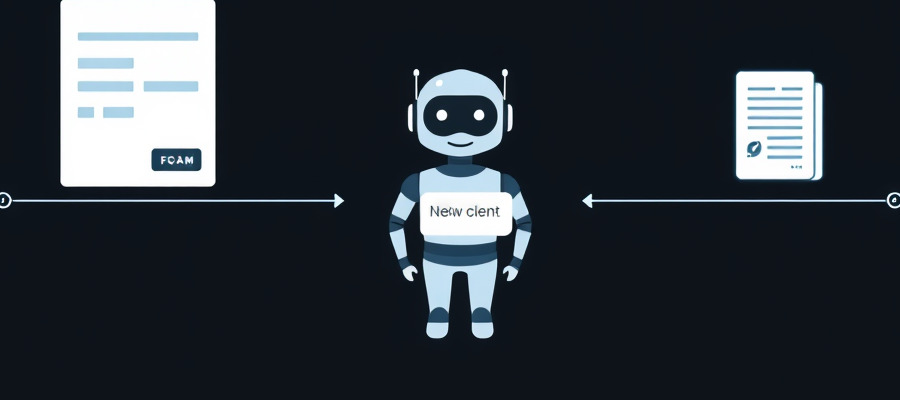Workflow Automation for Remote Teams
Keep distributed teams efficient with these automation strategies.

Workflow Automation for Remote Teams
Remote work has revolutionized how businesses operate, but managing distributed teams effectively requires a different approach. Manual processes and inefficient communication can quickly bog down productivity. This is where remote work automation comes in. By automating repetitive tasks and streamlining workflows, you can empower your remote team to focus on higher-value work and achieve greater efficiency.
The Benefits of Remote Work Automation
Automating tasks offers numerous advantages for remote teams, including:
- Increased Productivity: Free up your team’s time by automating time-consuming tasks.
- Reduced Errors: Automation minimizes human error, leading to more accurate work.
- Improved Collaboration: Streamlined workflows enhance communication and collaboration.
- Enhanced Efficiency: Processes become faster and more efficient, boosting overall output.
- Better Scalability: Automation allows your team to handle more work without adding headcount.
- Cost Savings: Automation can reduce the need for manual intervention, decreasing labor costs in the long run.
Key Areas to Automate for Remote Teams
Several aspects of remote teamwork are ripe for automation. Consider automating these workflows:
1. Onboarding New Team Members
Automate the process of sending welcome emails, providing access to essential tools, assigning initial tasks, and scheduling introductory meetings.
2. Project Management
Tools like Asana, Trello, and Monday.com allow for automated task assignments, progress tracking, and deadline reminders.
3. Communication
Use tools such as Slack or Microsoft Teams with automation features to streamline notifications, alerts, and information sharing.
4. Time Tracking
Software can automatically monitor time spent on specific projects and tasks, generating reports for accurate billing and resource allocation.
5. Reporting and Analytics
Use automation to gather data, create reports, and visualize performance metrics to identify areas of improvement.
Tools & Technologies for Remote Work Automation
Numerous tools can facilitate remote work automation. Here are a few popular choices:
- Zapier: A powerful no-code automation platform connecting various apps and services.
- Make (formerly Integromat): A versatile automation platform allowing for complex workflow automation.
- n8n: An open-source workflow automation tool providing flexibility and customization.
- Google Apps Script: Automate tasks within the Google Workspace ecosystem.
- Custom Software Development: For highly specific or complex needs, custom software can provide a tailored solution.
Choosing the right tools depends on your specific needs and technical expertise. Start with simpler tools and gradually explore more advanced options as your needs evolve.
Getting Started with Remote Work Automation
Begin by identifying the most time-consuming or error-prone tasks within your workflows. Prioritize automating processes that deliver the most significant impact on team productivity. Start small, test thoroughly, and iterate based on results. Remember that successful automation requires careful planning and consideration of your team’s needs.
Ready to take your remote team’s efficiency to the next level? Let’s discuss how we can help you implement effective automation strategies tailored to your unique requirements.



